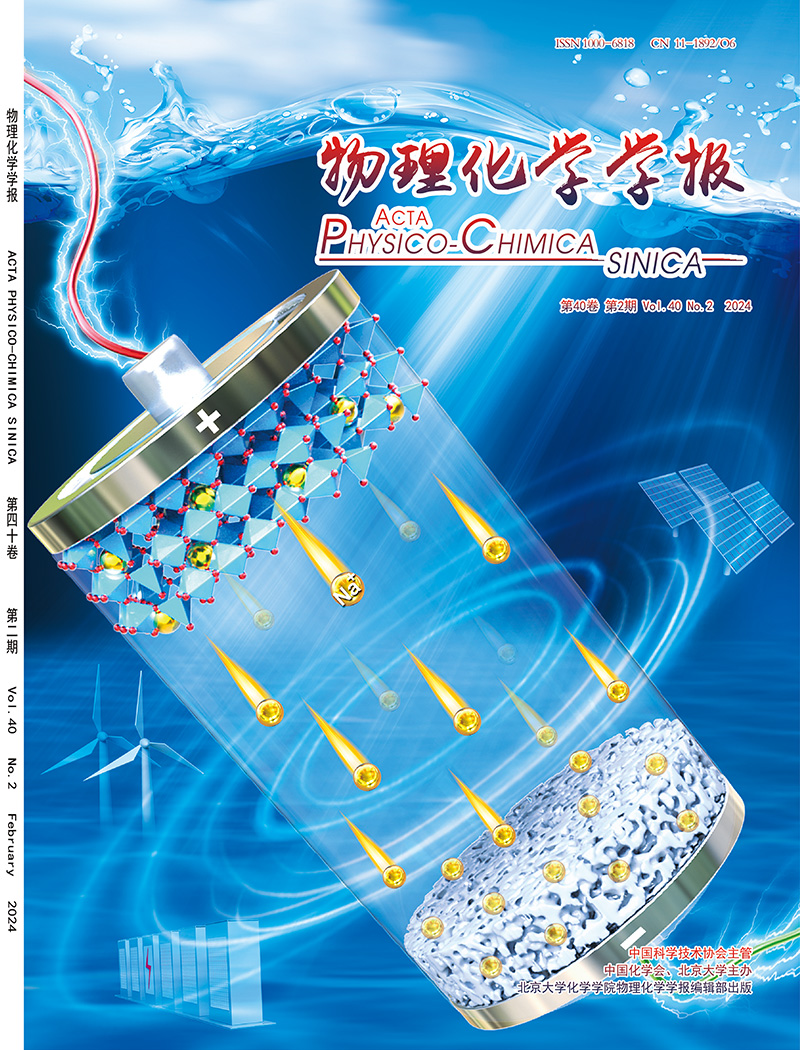Tailored cathode electrolyte interphase via ethylene carbonate-free electrolytes enabling stable and wide-temperature operation of high-voltage LiCoO2
IF 13.5
2区 化学
Q1 CHEMISTRY, PHYSICAL
引用次数: 0
Abstract
Raising the charge cut-off voltage of LiCoO2 (LCO) cathodes provides a straightforward approach to increasing the energy density of lithium-ion batteries (LIBs). However, when the charge cut-off voltage exceeds 4.55 V (vs. Li/Li+), the cathode-electrolyte interphase (CEI) becomes unstable, failing to protect the LCO cathode from severe interfacial side reactions and structural instability. These issues accelerate battery degradation and severely hinder the practical application of high-energy-density LIBs. Moreover, ethylene carbonate (EC)-based electrolytes exhibit more pronounced parasitic reactions than EC-free electrolytes under high voltage, further exacerbating performance limitations. Therefore, optimizing the components and structure of the CEI with EC-free electrolytes remains a challenge. In this work, we aim to construct a robust and chemically stable F-/B-containing CEI on the surface of LCO cathodes using an EC-free electrolyte design. By replacing EC with more anti-oxidative propylene carbonate (PC) and fluoroethylene carbonate (FEC) solvents, the oxidative stability of the electrolyte is significantly improved. This promotes the formation of LiF within the CEI, thereby enhancing its mechanical strength. Meanwhile, the introduction of the sacrificial film-forming additive lithium bis(oxalato)borate (LiBOB) facilitates the generation of oxalates (Li2C2O4) and B-containing crosslinked polymers (LiBxOy) within the CEI. These components exhibit high electrochemical stability and flexibility, compensating for the limitations of the LiF-rich CEI and further enhancing the overall structural stability of the CEI. This combination results in a rigid-flexible coupling architecture composed of inorganic-rich components (LiF and Li2C2O4) embedded in B-containing crosslinked polymers (LiBxOy), ensuring both mechanical integrity and chemical stability of the CEI. Consequently, this tailored CEI effectively mitigates interfacial layer cracking and regeneration, reducing irreversible structural degradation and interfacial side reactions in high-voltage LCO cathodes. Based on these improvements, the EC-free PC-based electrolyte enables superior performance of LCO cathodes at 4.6 V, achieving 82% capacity retention at 0.5C over 200 cycles. Furthermore, graphite||LCO full cells demonstrate enhanced cycling stability at 4.5 V and enable operation across a wide temperature range (−40 to 80 °C), highlighting the effectiveness of the rigid-flexible coupling CEI derived from the tailored electrolyte. By moving away from conventional EC-based electrolyte formulas, this work provides new insights into designing high-performance, wide-temperature, and sustainable PC-based electrolytes.

通过无碳酸乙烯电解质定制阴极电解质界面,实现高压LiCoO2的稳定和宽温度工作
提高LiCoO2 (LCO)阴极的充电截止电压为提高锂离子电池(LIBs)的能量密度提供了一种直接的方法。然而,当充电截止电压超过4.55 V (vs. Li/Li+)时,阴极-电解质界面相(CEI)变得不稳定,无法保护LCO阴极免受严重的界面副反应和结构不稳定。这些问题加速了电池的退化,严重阻碍了高能量密度锂离子电池的实际应用。此外,在高压下,基于碳酸乙烯(EC)的电解质比不含EC的电解质表现出更明显的寄生反应,进一步加剧了性能限制。因此,用无ec电解质优化CEI的组成和结构仍然是一个挑战。在这项工作中,我们的目标是使用无ec电解质设计在LCO阴极表面构建一个坚固且化学稳定的含F / b的CEI。用抗氧化性更强的碳酸丙烯(PC)和碳酸氟乙烯(FEC)溶剂代替EC,电解质的氧化稳定性得到显著提高。这促进了CEI内部的liff形成,从而提高了其机械强度。同时,牺牲成膜添加剂双(草酸)硼酸锂(LiBOB)的引入促进了CEI中草酸盐(Li2C2O4)和含b交联聚合物(LiBxOy)的生成。这些组分具有较高的电化学稳定性和灵活性,弥补了富liff CEI的局限性,进一步提高了CEI的整体结构稳定性。这种结合形成了一种刚柔耦合结构,由富无机组分(LiF和Li2C2O4)嵌入到含b交联聚合物(LiBxOy)中,确保了CEI的机械完整性和化学稳定性。因此,这种定制的CEI有效地减轻了界面层的开裂和再生,减少了高压LCO阴极中不可逆的结构降解和界面副反应。基于这些改进,无ec的pc基电解质使LCO阴极在4.6 V下具有优异的性能,在0.5C下200次循环中实现82%的容量保持。此外,石墨||LCO全电池在4.5 V下表现出增强的循环稳定性,并且能够在宽温度范围(- 40至80°C)内工作,突出了定制电解质衍生的刚性-柔性耦合CEI的有效性。通过摆脱传统的基于ec的电解质配方,这项工作为设计高性能、宽温度和可持续的基于pc的电解质提供了新的见解。
本文章由计算机程序翻译,如有差异,请以英文原文为准。
求助全文
约1分钟内获得全文
求助全文

 求助内容:
求助内容: 应助结果提醒方式:
应助结果提醒方式:


